
The data collected by atmospheric researchers in Innsbruck now indicate that computational shortcuts result in inaccurate outcomes in the presence of high nitrogen monoxide emissions.
The ozone levels near the surface in urban areas are lower than anticipated.
The 40-meter monitoring tower at the Innsbruck Atmospheric Observatory, located near the city center of Innsbruck, Austria in Europe, continuously supplies information on the atmospheric composition near the surface. It records 36,000 data points every hour using a unique measurement technique known as the eddy covariance method, allowing for continuous monitoring of air component concentrations.
A team of international researchers, headed by Thomas Karl from the University of Innsbruck’s Department of Atmospheric and Cryospheric Sciences, has utilized the data collected from the Innsbruck Atmospheric Observatory to conduct a comprehensive examination of the chemistry of ozone, nitrogen monoxide, and nitrogen dioxide in urban environments.
The high proportion of diesel vehicles in European cities leads to strong concentrations of nitrogen monoxide. This reacts with ozone to produce nitrogen dioxide. In the atmosphere, nitrogen dioxide decomposes again to nitrogen monoxide and atomic oxygen, which immediately combines with atmospheric oxygen to form ozone.
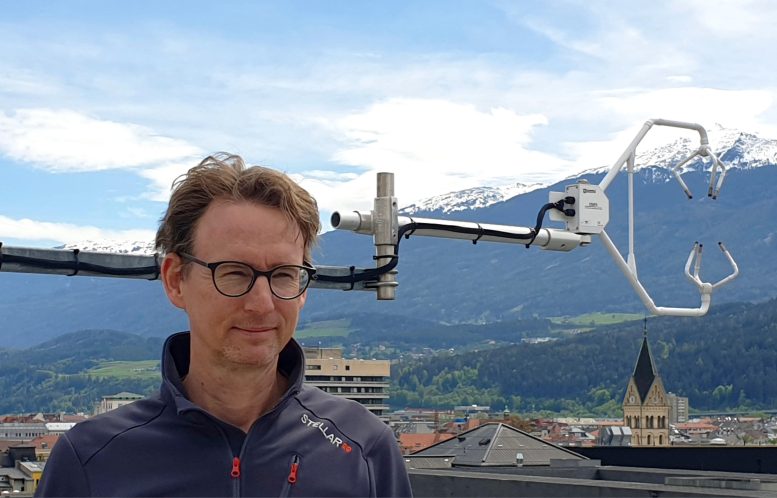
Thomas Karl at the Innsbruck Atmospheric Observatory above the city of Innsbruck, Austria. Credit: University of Innsbruck
Common assumption needs to be refined
This chemical cycle was described mathematically over 60 years ago in the first air pollution textbook by Philip Leighton. The relationship between the two processes has since been referred to as the Leighton ratio. Computer models of atmospheric chemistry use the Leighton ratio to minimize complexity by deriving the concentration of ozone, nitric oxide, and nitrogen dioxide from the concentration of each of the other two.
In practice, this has been used, for example, to derive ozone concentrations in areas polluted by nitrogen oxides. The Innsbruck atmospheric researchers’ data now show that in the presence of high nitrogen monoxide emissions, computational simplifications made by Leighton lead to incorrect results.
Thomas Karl points out that “in cities with high nitrogen monoxide emissions, this ratio can be overestimated by up to 50 percent, which can lead to model calculations overestimating ground-level ozone concentrations in urban areas.” The effect of chemistry–turbulence interactions plays a significant role in the lowest layer of the atmosphere, up to 200 meters above the ground.
Responsible for the effect studied in Innsbruck is the combination of strong turbulence in urban areas in the presence of high nitrogen monoxide emissions. . The mixing of the gases combined with the relatively rapid chemical processes leads to more ozone being converted into nitrogen dioxide. The researchers’ data also show that direct emissions of nitrogen dioxide from urban traffic are largely negligible in comparison to secondary formation. “It remains important to note that environmental regulations do not rely on model calculations but come into effect depending on actual measured pollutant concentrations,” Thomas Karl emphasized.
Reference: “High urban NOx triggers a substantial chemical downward flux of ozone” by Thomas Karl, Christian Lamprecht, Martin Graus, Alexander Cede, Martin Tiefengraber, Jordi Vila-Guerau de Arellano, David Gurarie and Donald Lenschow, 18 January 2023, Science Advances.
DOI: 10.1126/sciadv.add2365
The study was funded by the European Space Agency and the Austrian Science Fund.

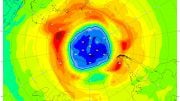
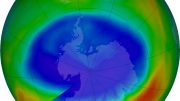
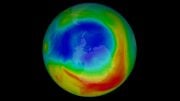
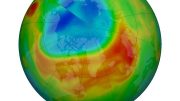
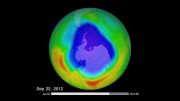
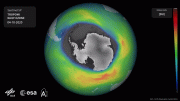


Be the first to comment on "Underlying Assumptions of Air Quality Need To Be Redefined"